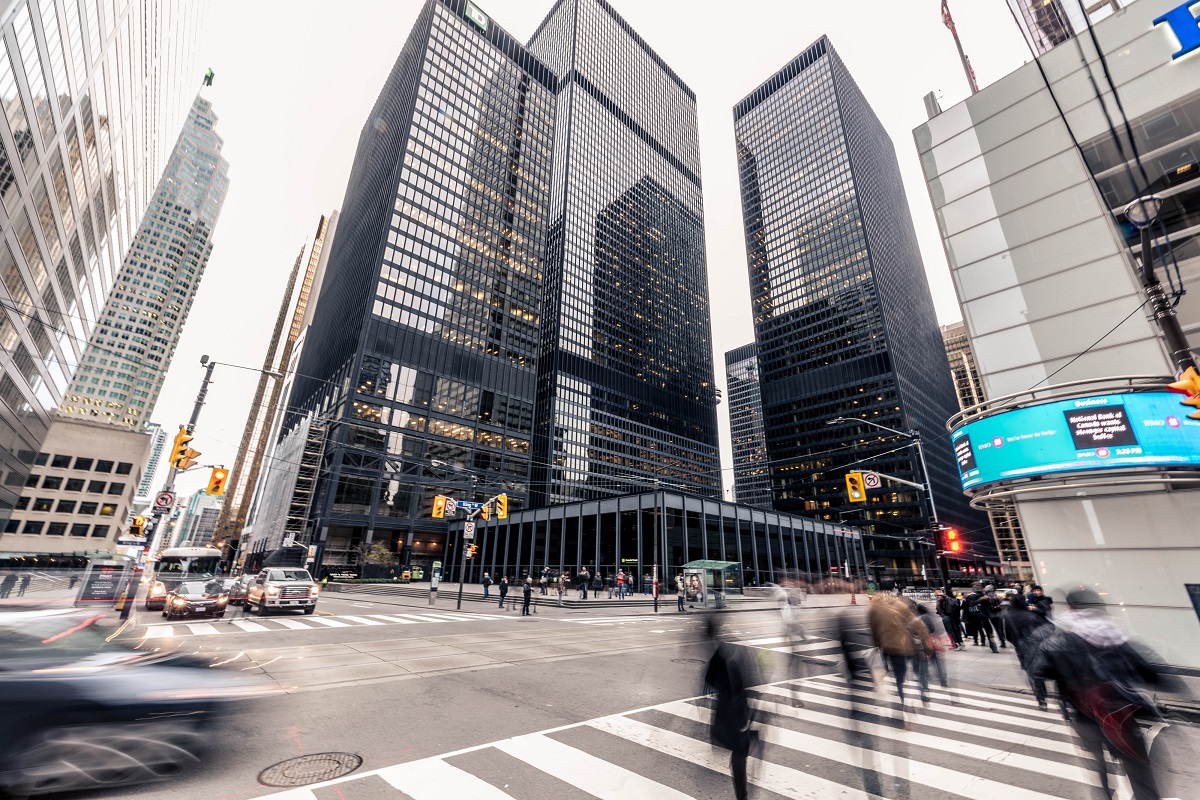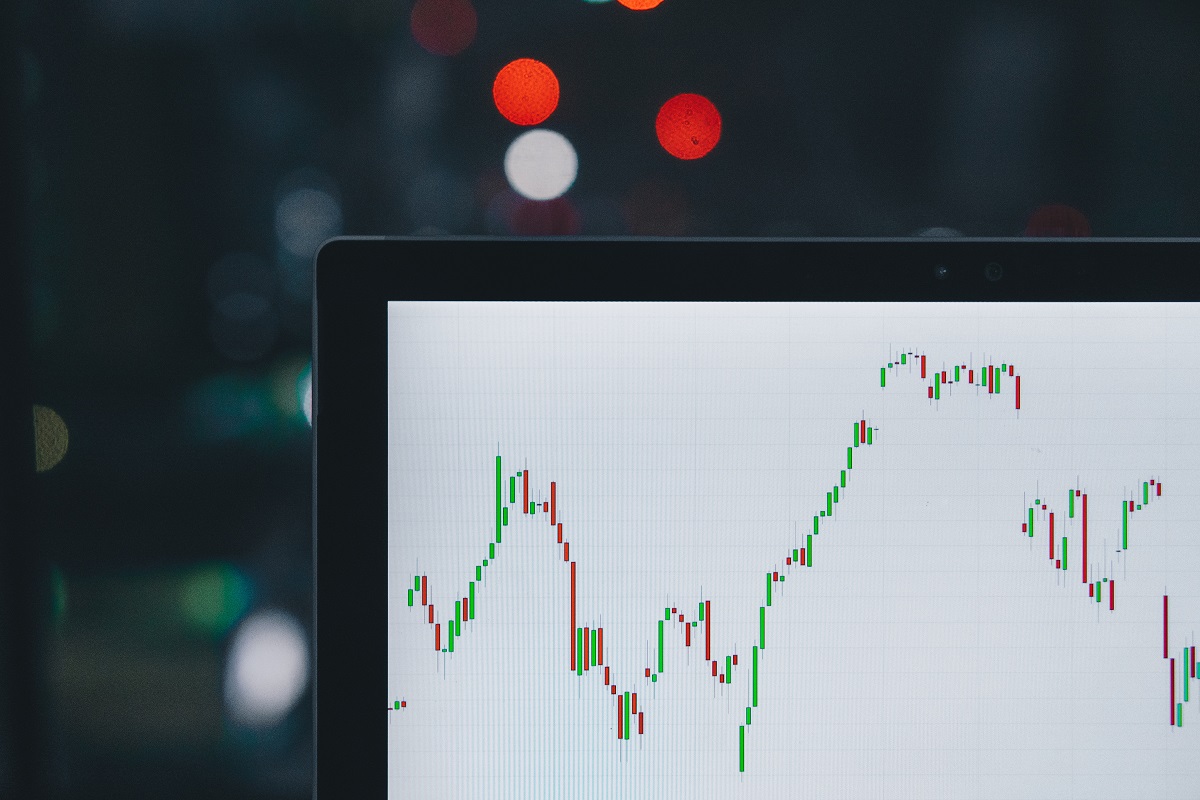
Finally, there’s hope for bond markets, as central banks appear to be halting or slowing the pace of interest rate increases. But it doesn’t mean you shouldn’t be careful.
Tom O’Gorman, senior vice-president and director of fixed income at Calgary-based Franklin Bissett Investment Management, part of Franklin Templeton Canada argues that it’s time to be cautious on corporate bonds as the economic slowdown gathers steam.
While O’Gorman believes there will be an opportunity to buy corporate bonds at cheaper prices in the future, for now, he says that his team is emphasizing safety in the form of higher-quality corporate, provincial and government bonds.
Prepare for the World Post-SVB
O’Gorman argues that in addition to rate hikes by central banks and higher-than-expected inflation, the next round of stress is likely to come from tighter credit conditions. He notes as well that the global banking sector has been under stress due to the collapse of Silicon Valley Bank in the U.S. “You have to look at the world before March 23, and then after March 23, because a lot of what happens next will depend to a large extent whether the current banking crisis spreads and causes contagion in other sectors of the economy. Any contraction in the availability of credit and lending from banks will have a negative impact on the macro environment as well as what central banks will do,” says O’Gorman, lead manager of the $1.9 billion 4-star rated Franklin Bissett Core Plus Bond F.
“The Bank of Canada has said they are on hold and pausing [rate hikes]. But if you asked me, before the Silicon Valley Bank failure, if the Federal Reserve’s next move would be lower or higher, I would have guessed it would be higher because I don’t think inflation has gone [down] as fast as the Fed would like,” he continues. “Now that’s not likely to be the case and the next move could be a cut, but not until next year. That assumes that volatility and financial market stress does not turn into a Great Financial Crisis, Part Two.”
O’Gorman, a 37-year industry veteran who assumed Franklin Bissett Core Plus Bond F in 2010, says that the present crisis was not brought on, as occurred in 2008-09, by poor quality assets that were bought by financial institutions and there are no questions of solvency. “The worst of the interest rate correction is over. The Bank of Canada has got to 4.5% and the Fed got to 5%. It appears that the Fed may have one more rate hike, although I doubt it,” says O'Gorman.
Expect the Central Banks to be on Hold
Both central banks are likely to be on hold for a long time, says O'Gorman, as monetary policy acts with a very long lag. “And when you move into April and May,” he says, “some big monthly inflation numbers will fall out of the year-over-year numbers, and smaller numbers will come in, and it will look like inflation is falling, and everybody will pop the champagne. But inflation may move back up as we head into the summer as that trend reverses. A lot will depend on the trend.”
People are worried about an economic “hard” landing, yet O’Gorman says that the central banks have no choice but to use the blunt tools at their disposal. “The worst of the negative returns are over. When you look at the performance year-to-date, we have taken back about one-third to one-quarter of the negative returns of last year.”
Year-to-date (April 3) Franklin Bissett Core Plus Bond F has returned 3.70% versus 3.54% for the Canadian Fixed Income category. For the past 12 months, the fund returned -2.11%, versus -1.64% for the category. Over the longer term, however, the fund was a first-quartile performer. Over the last five and 10 years, the fund returned an annualized 1.05% and 2.00%, respectively, versus the category which returned an annualized 0.72% and 1.36%.
O’Gorman says that the only way he might be wrong is if markets conclude that central banks have lost the battle to quell inflation and longer rates will move higher. “That’s not what I am expecting, however. The bond markets have been in line with the Fed. You can see how much lower long bond rates are versus policy rates.” Benchmark Canadian 10-year bond yields are 2.93%, while U.S. 10-year bonds are yielding 3.55%, which is about 175 basis points to 150 basis points below banks’ policy rates (which determine short-term rates).
Banking Crisis is the Next Indicator
“Much will depend on how much this current banking crisis spreads—or if it does not. But I believe the negative returns of last year are finished and returns will now be more range bound,” says O’Gorman, whose team oversees about $4.5 billion in fixed-income assets.
Still, while there may be relief on the interest rate side, O’Gorman cautions that there may be some more pain to come from slowing economic growth. “If you slow growth to bring down inflation and you bring asset prices down, then people will be forced to rein in spending, and this is what leads to a recession. So, we are expecting that the spreads on corporate bonds will go wider, especially in some of the higher beta, higher-yielding sectors of the market. The rate side [of the story] appears to be done. The question is, how do all the risk sectors within fixed income fare in this environment?”
Adjusting for Safety Only
From a strategic viewpoint, O’Gorman argues that his team, which includes senior vice-presidents Darcy Briggs and Adrienne Young, is disciplined, and does not chase markets. While the team has historically emphasized corporate bonds, lately it has become far more cautious and reduced the corporate bond weighting to around 48%, compared to levels as high as 65% two years ago. The remaining exposure is 19% Government of Canada bonds, 25% provincial bonds, 1% municipal bonds and 5% U.S. government treasuries.
The fund’s foreign currency exposure is actively managed up to a maximum exposure of 10%. Its duration is 7.3 years, or almost identical to the 7.2 years for the benchmark FTSE Canada Universe Bond Index. The fund has a running yield of about 3.8%, after fees.
“We are at the lowest allocation in corporate bonds in many years, and we have been taking risk down for the better part of the last 18 months. That’s because of valuations. What we were getting paid to hold a corporate bond was not attractive. And today they don’t in any way reflect a recessionary environment. So, when we say ‘more pain is to come’, it’s going to be a different kind of pain. It will be about credit quality.”
O’Gorman argues that the chief uncertainty revolves around the next move by the Federal Reserve. “The market was pricing in a terminal Fed funds rate of 5.5% at the end of February. Now, it’s below 5%, and it’s pricing in three cuts by year-end. The banking situation is definitely having an impact in the U.S. and Europe. It’s not as much in Canada, since we have a concentrated banking system. But we are at a point of high uncertainty: does that little crisis reveal something larger that we don’t know today? We will learn in due course.”
Set Your Sights for Opportunities
On the premise that there are better opportunities ahead, O’Gorman and his team are prepared to wait until they come along. For now, he notes that Canadian and U.S. investment-grade bond yields have often been 200 basis points (bps) over government bonds during recessionary environments. Today, investment-grade bonds in Canada are 170 bps over comparable-dated government bonds, versus a low 140 bps some months ago. In the U.S., investment-grade bonds are yielding 146 bps over treasuries, versus a low of 115 bps. “They are a good deal away from where they may get to in a recession.”
In response to market conditions, the team has moved up in quality and into sectors that have less risk. “If we want less interest-rate risk, then we will underweight financials or real estate investment trusts. But we might be overweight energy, which has less sensitivity to interest rates. And with the yield curve so inverted, paying 4%-5% yields for short-term corporate bonds, they have been attractive,” says O’Gorman, adding that besides the energy sector, the team likes so-called “rising stars” and “fallen angels,” which can be mispriced, as well as high-yielding securities such as Limited Recourse Capital Notes (LRCN) issued by Canadian banks.
Top Bond Picks
Running a highly diversified portfolio of about 540 securities, O’Gorman cites corporate bond holdings by firms such as Cheniere Energy Inc. (LNG), a Texas-based liquefied natural gas producer that is benefitting from the demand from parts of Europe and Asia that have been impacted by the Russia-Ukraine conflict. “They are 'rising stars', so we see a big improvement in their credit profiles. Once their projects are done, they enter into very long-term stable contracts with big buyers of liquid natural gas. They might move from a high yield BB rating to a BBB.” One such holding that is maturing in 2032, is currently yielding 6%.
Another sector of the market that O’Gorman likes is LRCNs issued by Canadian banks. Take, for instance, an LRCN issued by Toronto-Dominion Bank. Rated BBB, and renewed in rolling five-year periods, they now yield over 7.2%. “As a creditor, I am very comfortable taking default risk in Canadian banks and going down in capital structure as we do not expect to ever stand in line to be paid. They are too big to fail in Canada,” says O’Gorman, noting that the bonds do have call options. “If interest rates fall, they may call the bond and issue a lower-yielding bond, which is to our detriment. So, we get paid more for that call option.”
Going forward, O’Gorman counsels patience and waiting for gains after last year’s losses. “Everyone has a different time frame and risk tolerance. Right now, short-duration fixed income has a lot of yield—anywhere from 4% to 5%, depending on the strategy,” states O’Gorman. “Even though the curve is inverted, and longer bond yields are lower than short-term bonds, you can see from the environment that we’ve had in the past few weeks, it can still pay to have duration as a hedge against that volatility. When you get a failure like Silicon Valley Bank, interest rates fall and fall dramatically. If you are in a universe-type bond fund, with a duration of 7.2 years, you will get quite a performance.”





















